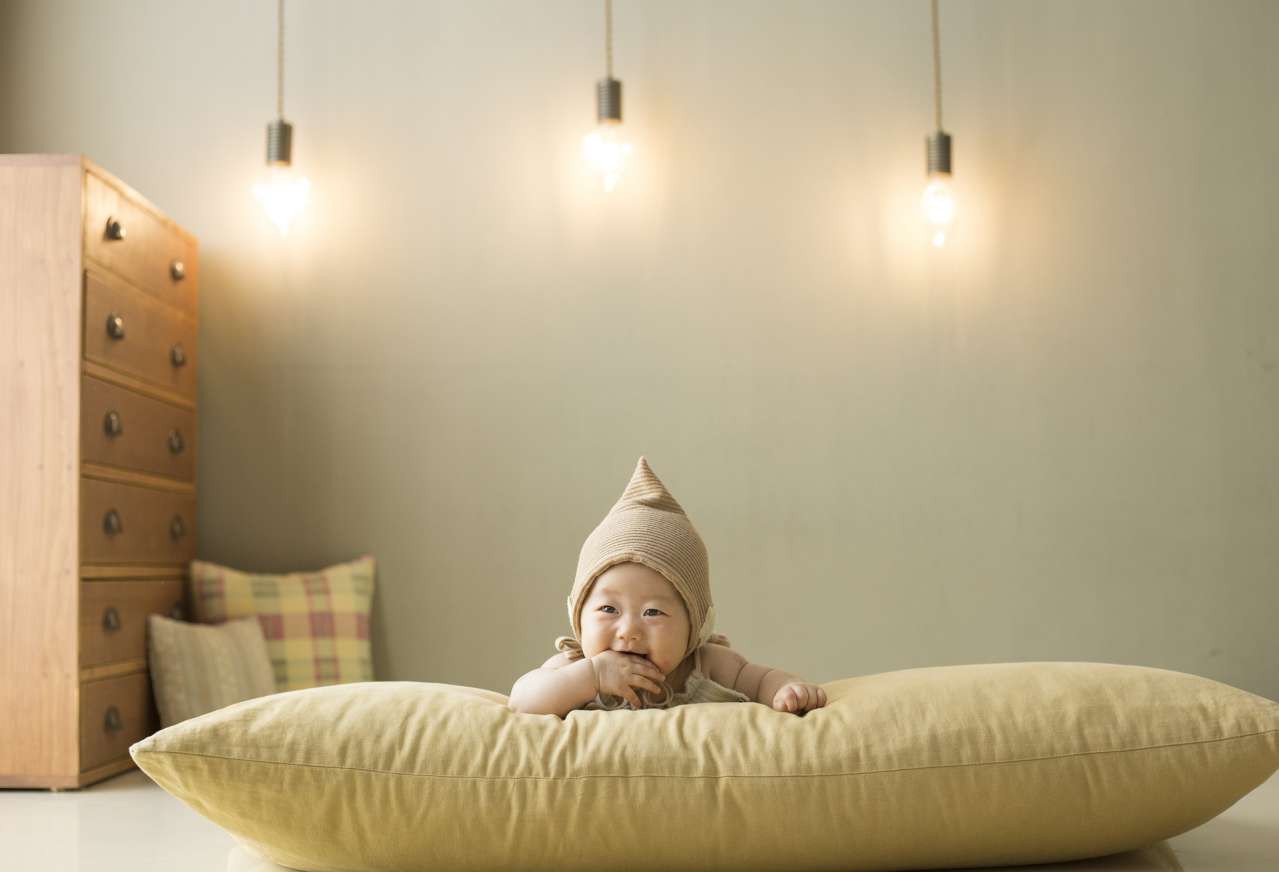Expert Tips: Which Paint to Choose for a Child's Room
The paint that is used for the children's room must be water-based, non-toxic and certified to comply with environmental regulations and standards. You can also use odorless acrylate paint, which will make the walls easy to clean.
What paint to paint the walls of a child's room
When it comes to a child's room, safety is paramount, so always use water-based paints such as acrylic or latex.
What color is suitable for a child's room
The baby's room should be soft and cozy, in restrained colors.
It can be a combination of warm shades of blue or blue in combination with pastel yellow, light beige colors. These colors create a sense of security and comfort.
What color calms the child
Babies traditionally love the "warm" part of the spectrum - red, pink, orange, yellow. But closer to school, blue and purple become favorites.

Psychologists believe that this is part of growing up and the result of an improving ability to recognize not only colors, but also moods.
The use of purple in the interior of the room has a beneficial effect on the psyche of the child. Gives a feeling of peace, enhances empathy and intuition.
The strength of this color is in harmony. Purple is liked by both girls and boys, so feel free to make a choice in its favor.


